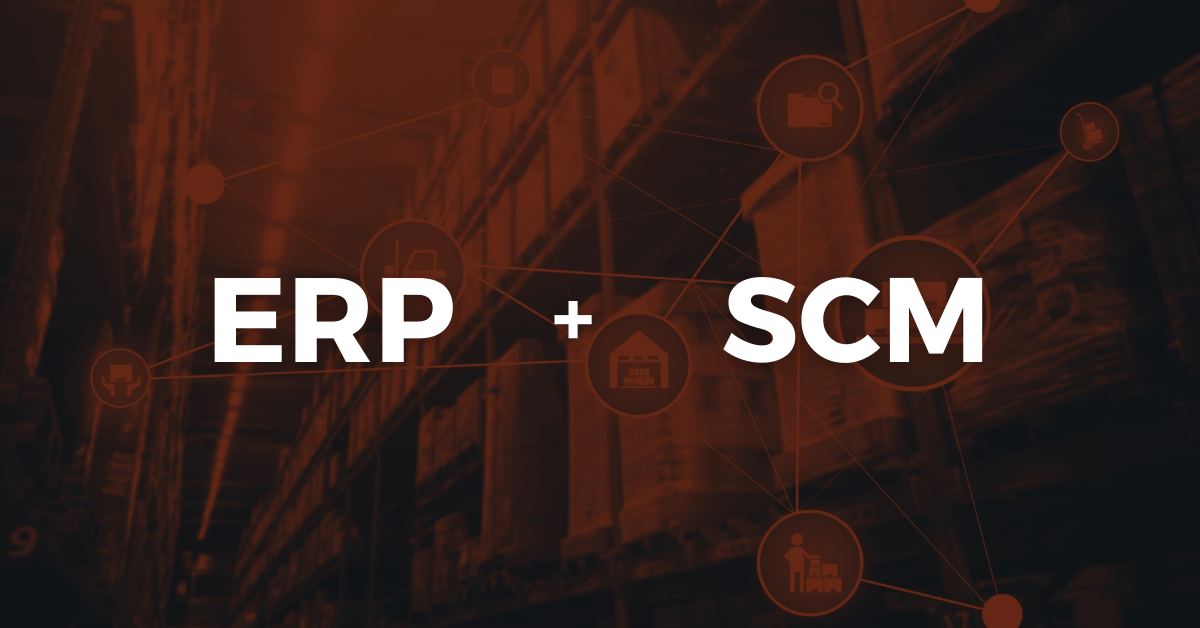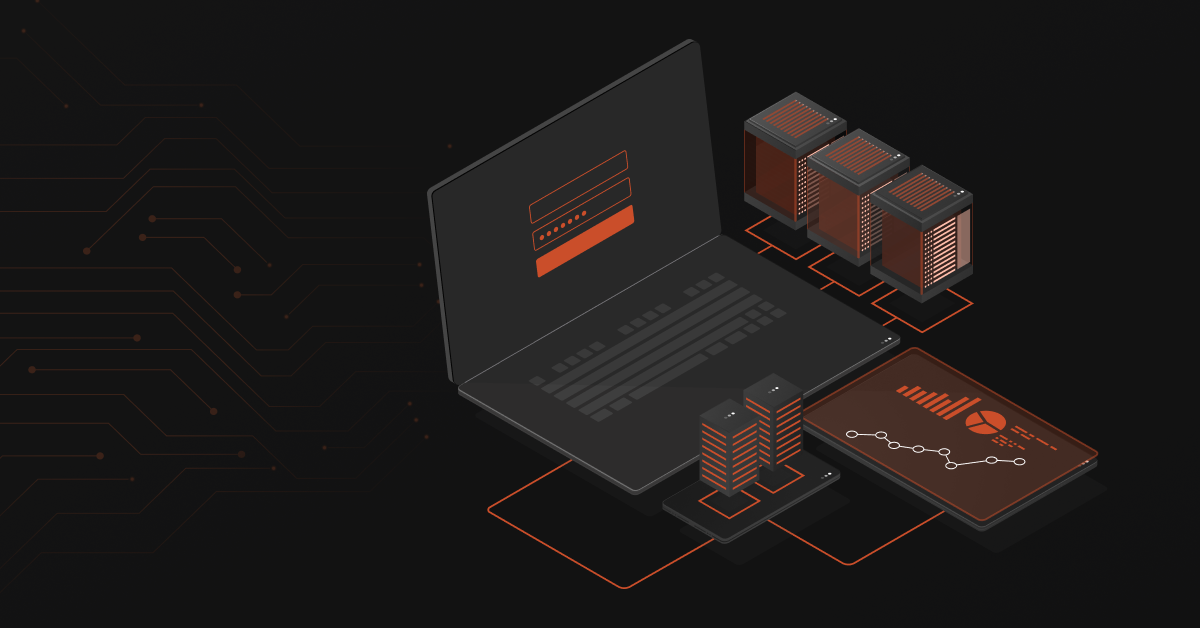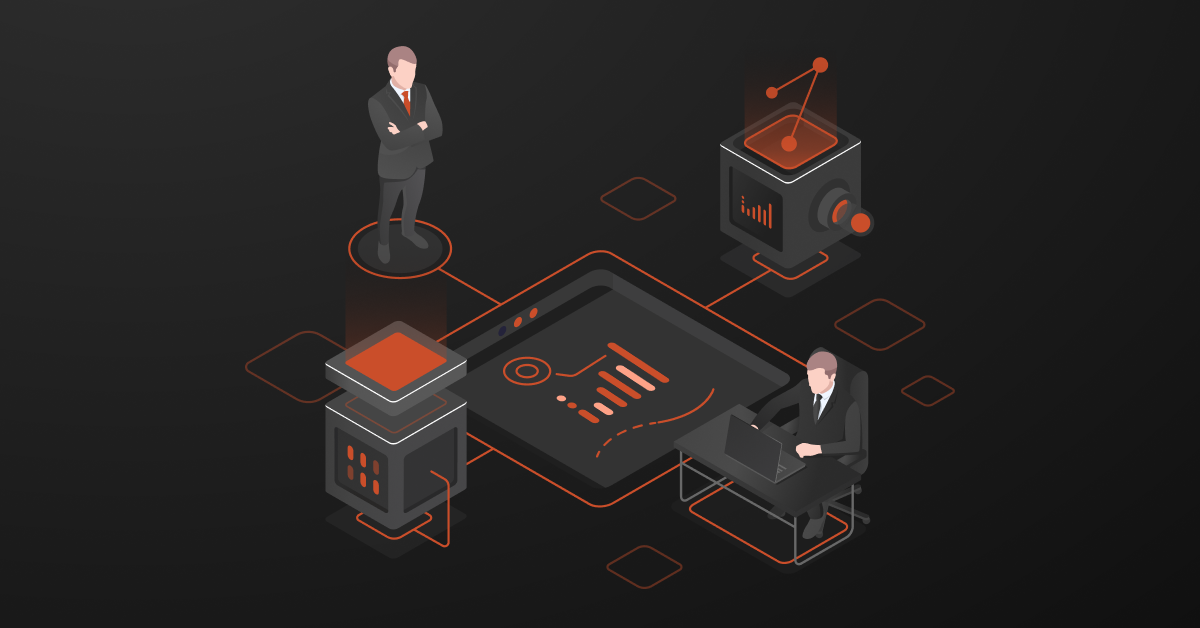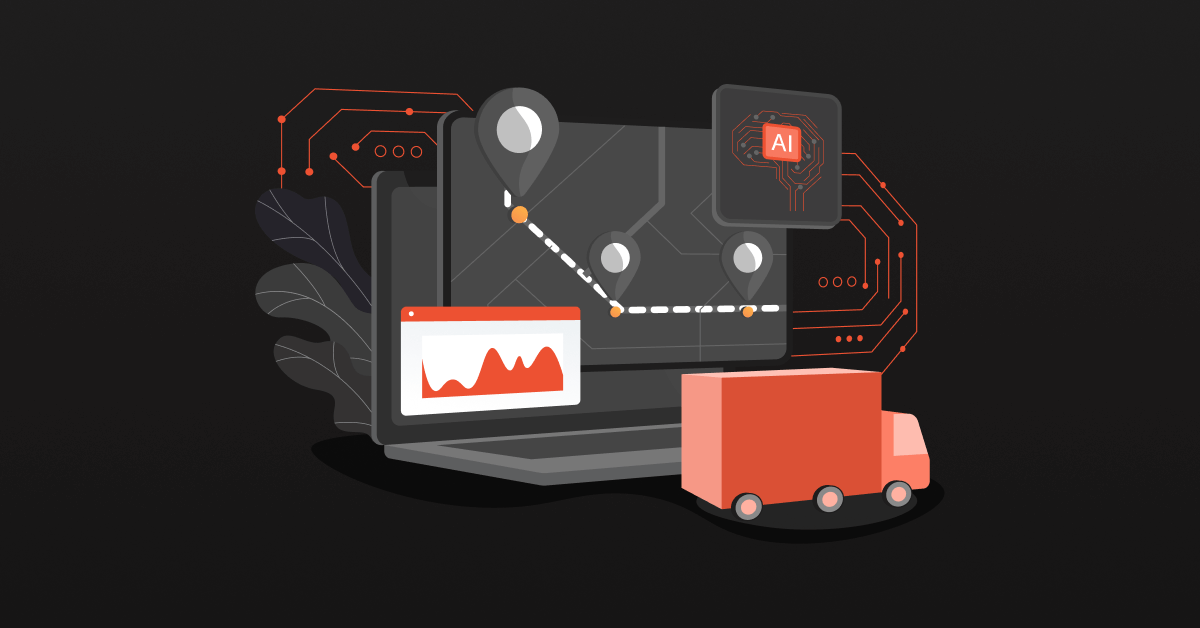Supply chain management involves overseeing the entire process of goods and services delivery, from raw material procurement to production and distribution. ERP plays a critical role in optimizing supply chain management by providing a unified and transparent view of all supply chain activities.
The Role of ERP in Supply Chain Management
Inventory Management
ERP systems allow businesses to monitor inventory levels in real-time, ensuring that stock levels are maintained at optimal levels. It helps prevent stockouts and overstocking, reducing carrying costs and improving overall supply chain efficiency.
Demand Forecasting
ERP systems utilize historical data and advanced algorithms to forecast demand more accurately. By anticipating customer demands, businesses can plan their production capacity and procurement activities better, minimizing the risk of stockouts and excess inventory.
Procurement and Supplier Management
ERP streamlines the procurement process by automating purchase orders, supplier selection, and supplier performance evaluation. It enables organizations to identify reliable suppliers, negotiate better contracts, and build strong supplier relationships.
Production Planning and Scheduling
ERP assists in creating production schedules based on real-time demand, inventory levels, and resource availability. It optimizes production processes, reducing lead times and production costs while maintaining product quality.
Logistics and Transportation Management
ERP systems help coordinate transportation and logistics activities by optimizing routes, tracking shipments, and managing delivery schedules. This ensures timely delivery of goods to customers and minimizes transportation costs.
Quality Control and Compliance
ERP enables organizations to enforce quality control standards throughout the supply chain. It ensures compliance with industry regulations and helps track the origin and quality of raw materials and finished products.
Benefits of Using ERP in Supply Chain Management
Enterprise Resource Planning (ERP) software like SAP or NetSuite Oracle for example, plays a crucial role in enhancing SCM software, offering a range of benefits that improve efficiency, reduce costs, and meet customer demands. In fact, a unified platform for managing various supply chain functions enables businesses with several perks. Here are some key ways in which ERP helps supply chain management:
Efficient Managing Demand & Procurement
- Accurate Demand Forecasting: ERP systems utilize historical data and advanced analytics to forecast demand more accurately.
- Streamlined Procurement: ERP facilitates automated procurement processes, including supplier selection, purchase order generation, and supplier performance evaluation.
- Optimized Purchase Planning: ERP’s real-time insights into demand and inventory levels enable organizations to plan purchases more strategically. By procuring materials at the right time and in the right quantities, businesses can negotiate better deals and minimize costs.
Reliable Processing & Documentation
- Automated Order Processing: ERP systems automate order processing, eliminating manual errors and accelerating order fulfillment. This streamlines the order-to-cash cycle, leading to faster deliveries and improved customer satisfaction.
- Efficient Document Management: ERP centralizes all supply chain-related documents, ensuring easy access, storage, and retrieval of critical information. This minimizes paperwork, reduces administrative burden, and enhances data accuracy.
- Regulatory Compliance: ERP systems aid businesses in complying with industry regulations and standards by maintaining detailed records and enabling traceability across the supply chain. This reduces the risk of non-compliance and associated penalties.
Enhanced Collaboration
- Cross-Departmental Integration: ERP integrates supply chain functions across different departments, fostering seamless collaboration and communication.
- Supplier Collaboration: ERP facilitates real-time collaboration with suppliers, allowing for improved communication, performance improvements, monitoring, and joint planning.
- Customer Interaction: ERP enables better communication with customers, providing real-time updates on order status, delivery schedules, and product availability. This enhances customer satisfaction and loyalty by offering a more personalized and responsive service.
Also Read: ERP Data Integration With Other Systems: All You Need To Know
Increased Visibility
- Real-time Data Access: ERP provides real-time visibility into the entire supply chain, allowing stakeholders to monitor inventory levels, production progress, and transportation status.
- Supply Chain Analytics: ERP systems offer advanced analytics tools to analyze supply chain data comprehensively. By identifying patterns, trends, and performance indicators, businesses can optimize processes and improve overall efficiency.
- Risk Management: ERP enhances risk management by identifying potential supply chain disruptions or bottlenecks. This proactive approach allows businesses to implement contingency plans and mitigate risks, ensuring continuity and resilience.
Steps in ERP Implementation
Implementing an ERP system for supply chain management requires careful planning and execution. The process typically involves the following steps:
1. Needs Assessment and Planning
Identify the specific supply chain management needs and goals of the organization. Conduct a thorough assessment of existing processes, data, and system requirements. Develop a comprehensive implementation plan outlining the scope, timeline, and budget.
2. Vendor Selection
Research and evaluate ERP vendors and their offerings to find a system that aligns with the organization’s requirements. Consider factors such as functionality, scalability, vendor reputation, support, and total cost of ownership.
Also see: eCommerce ERP: How It Works & Why It Matters
3. Data Migration and Preparation
Cleanse and prepare data for migration to the new ERP system. Ensure data accuracy, consistency, and compatibility with the chosen ERP solution. Create data backup to safeguard against potential data loss.
4. System Configuration
Configure the ERP system to suit the organization’s supply chain processes. Customize settings, workflows, and modules based on the specific needs of each department involved in the supply chain.
5. Integration and Testing
Integrate the ERP system with existing software tools and systems, such as CRM, inventory management, and production planning. Conduct thorough testing to identify and rectify any issues or discrepancies.
6. Training and User Adoption
Provide comprehensive training to employees at all levels who will be using the ERP system for supply chain management. Encourage user adoption by addressing concerns, providing ongoing support, and emphasizing the benefits of the new system.
7. Pilot Implementation
Implement the ERP system on a smaller scale or in selected business units to test its functionality and identify potential challenges. This pilot phase allows for adjustments before rolling out the system organization-wide.
8. Full-Scale Implementation
After successful pilot testing, deploy the ERP system across the entire organization for supply chain management. Monitor the implementation closely and address any unforeseen issues promptly.
9. Post-Implementation Support and Maintenance
Provide ongoing support and maintenance to ensure the smooth functioning of the ERP system. Regularly update the system with patches and upgrades to stay current with the latest features and security measures.
Challenges in ERP Implementation
Implementing an ERP system for supply chain management can be a complex undertaking, and organizations may encounter several challenges, including:
Resistance to Change: Employees may resist the adoption of a new system due to fear of the unknown, comfort with existing processes, or concerns about their roles changing.
Data Integration Issues: Integrating data from various sources and legacy systems can be challenging and may lead to data inconsistencies or loss during the migration process.
Customization Complexity: Customizing the ERP system to align with unique supply chain processes may be time-consuming and costly, potentially affecting the project timeline.
Cost Overruns: ERP implementations can exceed the initial budget due to unexpected expenses related to customization, training, and post-implementation support.
Lack of Expertise: Insufficient expertise and experience in ERP implementation within the organization may lead to delays and implementation errors.
Inadequate Training: Inadequate or improper training can hinder user adoption and lead to underutilization of the ERP system’s capabilities.
Vendor Support: Inadequate vendor support during and after implementation can prolong issues and affect the smooth operation of the ERP system.
Best Practices for Successful ERP Implementation
To ensure a successful ERP implementation for supply chain management, organizations should consider the following best practices:
Thorough Planning
Start with a detailed and well-thought-out implementation plan that clearly outlines goals, milestones, roles, and responsibilities. Invest time and effort in cleansing, organizing, and migrating data to ensure accurate and seamless integration into the new ERP system.
Engaging Stakeholders
Involve key stakeholders, including employees, managers, and top-level executives, in the planning and decision-making process to build support and commitment.
Change Management
Implement a robust change management strategy to address resistance, manage expectations, and communicate the benefits of the ERP system to all employees. Provide comprehensive training to all users to ensure they understand the system’s functionality and can effectively use it for supply chain management.
Pilot Testing & Continous Improvement
Conduct pilot testing in smaller segments of the organization to identify and address any issues before full-scale implementation. Establish a post-implementation feedback mechanism to continuously improve the ERP system and address any emerging challenges.
Monitoring Key Metrics
Establish key performance indicators (KPIs) to track the ERP system’s impact on supply chain efficiency, customer service, and overall business growth.
The Future of ERP in Supply Chain Management
The future of ERP systems in supply chain management will likely see significant developments in various areas. Firstly, cloud-based ERP systems will gain prominence due to their scalability, flexibility, and cost-effectiveness, enabling real-time access and seamless collaboration. Secondly, the integration of the Internet of Things (IoT) will provide valuable real-time data for better demand forecasting and inventory management automation.
Artificial Intelligence (AI) and Machine Learning (ML) will empower ERP systems to analyze large datasets and data models, leading to informed decisions and process optimization. Blockchain integration will ensure data integrity and transparency in supply chain management, reducing fraud risks. Edge computing will enable faster data analysis for remote operations. In addition, ERP systems will be more interconnected with other business applications, emphasizing sustainability, offering mobile access, and prioritizing cybersecurity.
FAQs
What is ERP?
Enterprise Resource Planning (ERP) is a software system that brings all the different business processes and functions together under one roof. It’s a super tool that lets departments communicate with each other, making the whole organization work better and faster. Finance, HR, procurement, manufacturing, sales, and customer relationships management: ERP handles it all.
ERP software acts as a central hub for all the essential data needed to run companies smoothly. This means that everyone can access the information they need in real-time, which is a game-changer for accurate data-driven decision-making and collaboration. Plus, it helps businesses adapt quickly to any changes in the business environment.
What is Supply Chain Management?
Supply chain management involves managing the flow of goods, services, and finances from raw material acquisition to delivering the final product to customers. It encompasses activities like sourcing, procurement, production, inventory management, logistics, and distribution.
The primary objectives are optimizing processes, reducing costs, improving responsiveness, and enhancing customer satisfaction, ultimately contributing to a business’s competitive advantage, sustainability, and resilience in today’s complex global market.
What is the difference between CRM and ERP and SCM?
CRM (Customer Relationship Management), ERP (Enterprise Resource Management), and SCM (Supply Chain Management) are all related to managing the operations of an organization. CRM helps business interact with their customers and potential target audience more effectively and aid marketing and sales.
Meanwhile, ERP helps businesses manage their overall operations including inventory, human resources, financials, and more comprehensively. SCM helps businesses manage the flow of goods and services, starting from the acquisition of raw materials to the final customer.
Contents




